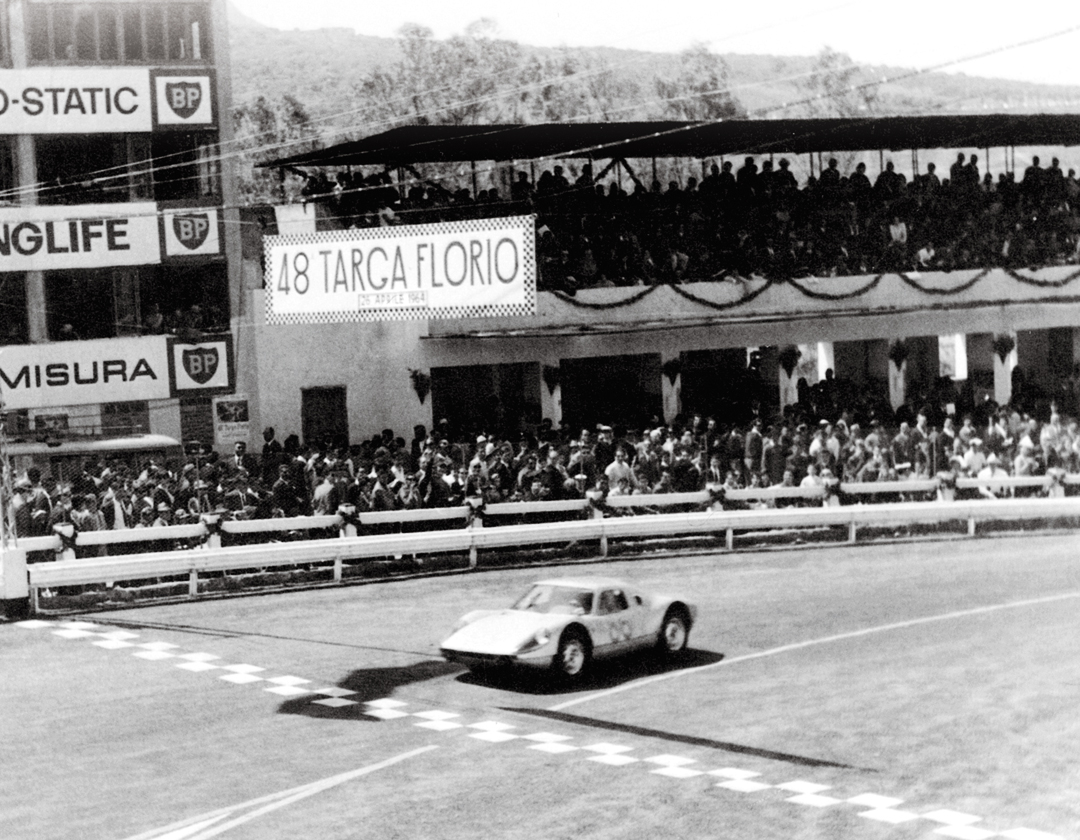Agility and power. Those were two key demands of the 3,000 and more hairpins, corners and bends that made up the fabled Madonie circuit of the Targa Florio. Agility was certainly not one of the main virtues of most cars that graced the first 15 years of the trail-blazing Sicilian event. But change was on the way. Cars with huge engines of up to 18,800-cc—but more commonly 6, 7, 8 and 9 liters—were coming to the end of their competitive lives, although Andre Dubonnet did persuade Hispano Suiza to build him an 8-liter leviathan for the 1924 Targa Florio. But the cars with a real chance of victory had to be smaller, like the 3.6-liter Alfa Romeo RLTFs that put out 120 hp to produce a top speed of 110 mph for Antonio Ascari and Masetti, while Campari and Louis Wagner had even smaller-engined Alfas. They were to have a battle royal with the 2-liter supercharged Mercedes, re-designed by Ferdinand Porsche, who had become the company’s technical director. The German cars were to be driven by Lautenschlager, Werner and Alfred Neubauer, who had joined the team from Austro-Daimler. Peugeot was back with three of their 3.8-liter, 140-hp Type 174s, which faced off against a couple of old Ballots. Fiat entered their 145-hp 805 Grand Prix car, but its lashings of power and a stiff suspension were hardly suited to the thousands of hairpins and bends over 268 miles of narrow mountain roads. That was why seasoned campaigner Felice Nazzaro declined an 805 for the event, so Fiat just entered one of the monsters for Pietro Bordino. But Mercedes carried the day with Christian Werner, Masetti came 2nd for Alfa and Bordino 3rd in the unwieldy Fiat.
Alfa Romeo withdrew for a couple of years so that Vittorio Jano could finish developing and testing his famous P2, while Bugatti entered three straight-six overhead camshaft-engined Tipo 35 Grand Prix cars for the 1925 Targa Florio. They were outstanding machines, built to Ettore’s long-term strategy of making his racing and road cars as closely matched as possible. The cars combined the adaptability and ease of control of a tourer with the sophisticated performance, grip and fast response of a Grand Prix racer. And their beauty will be forever stamped on the motoring and motor racing psyche, their elegant teardrop body ending in that famous horseshoe-shaped radiator. The cars were tough and reliable despite their elegance, their stiff chassis and precise suspension layout giving them superb handling qualities. Meo Costantini and brothers Pierre and Edouard de Vizcaya would drive them against the Peugeot Type 174s sports cars of Andre Boillot, Louis Wagner and Victor Rigal.
No Subscription? You’re missing out
Get immediate ad-free access to all our premium content.
Get Started



